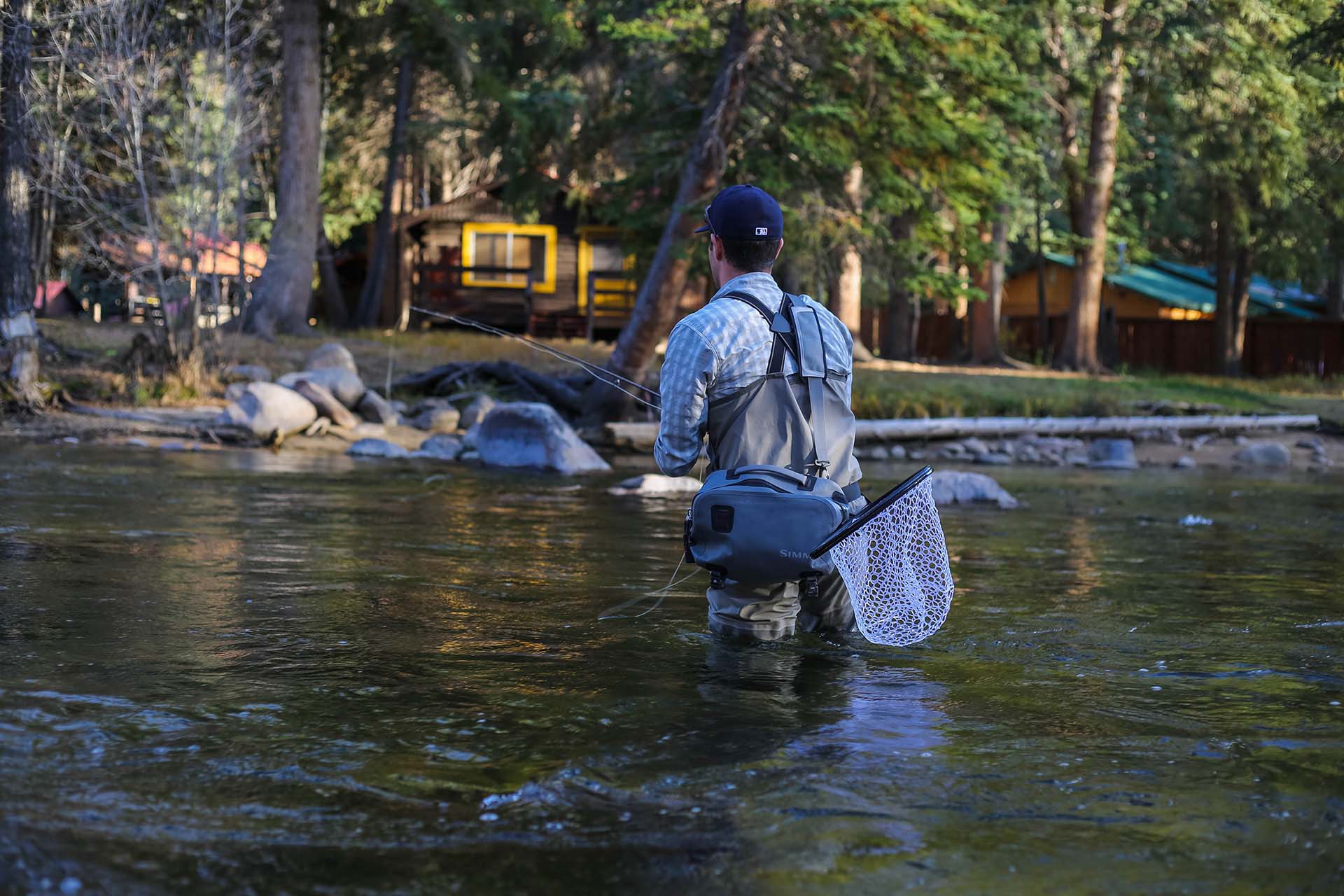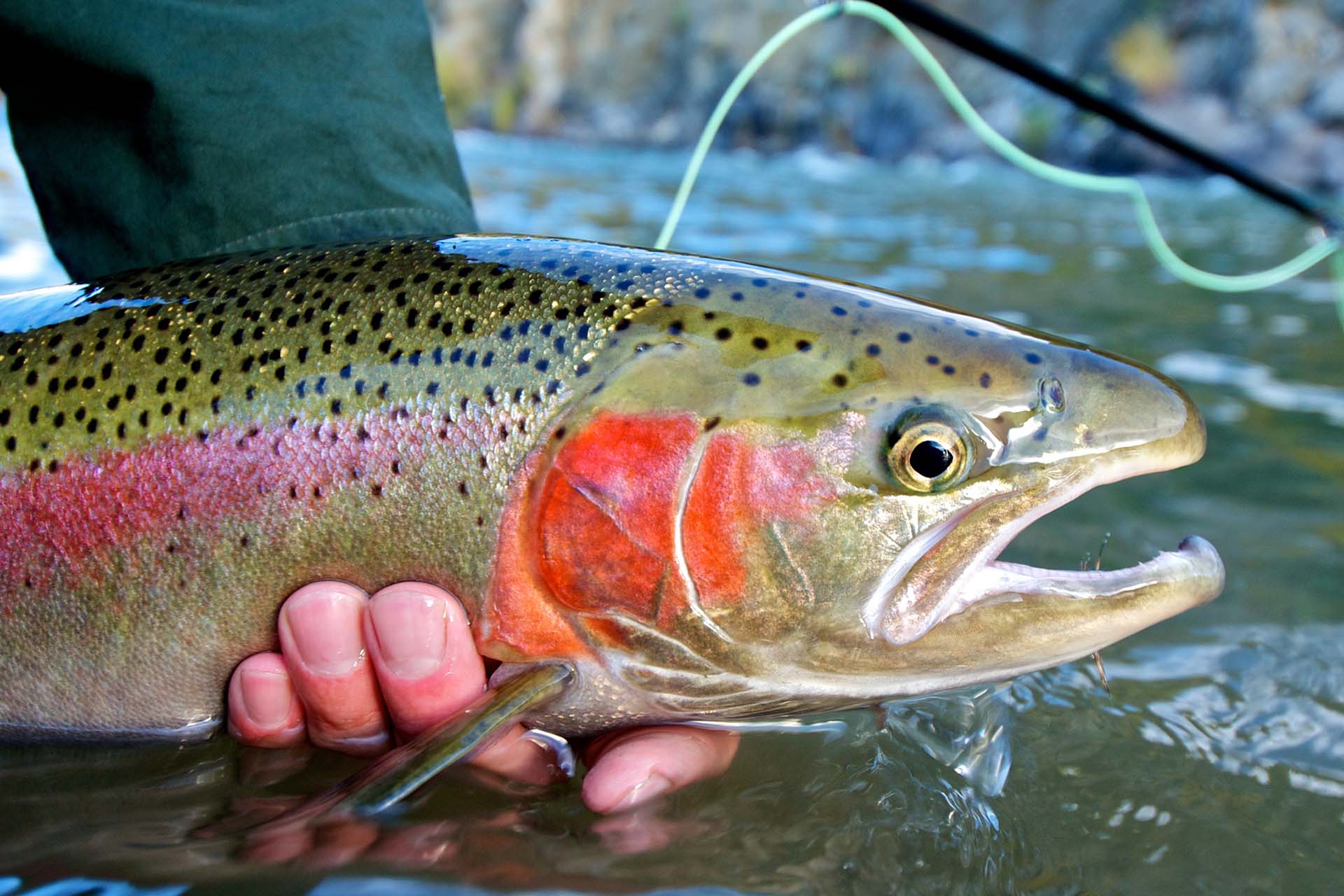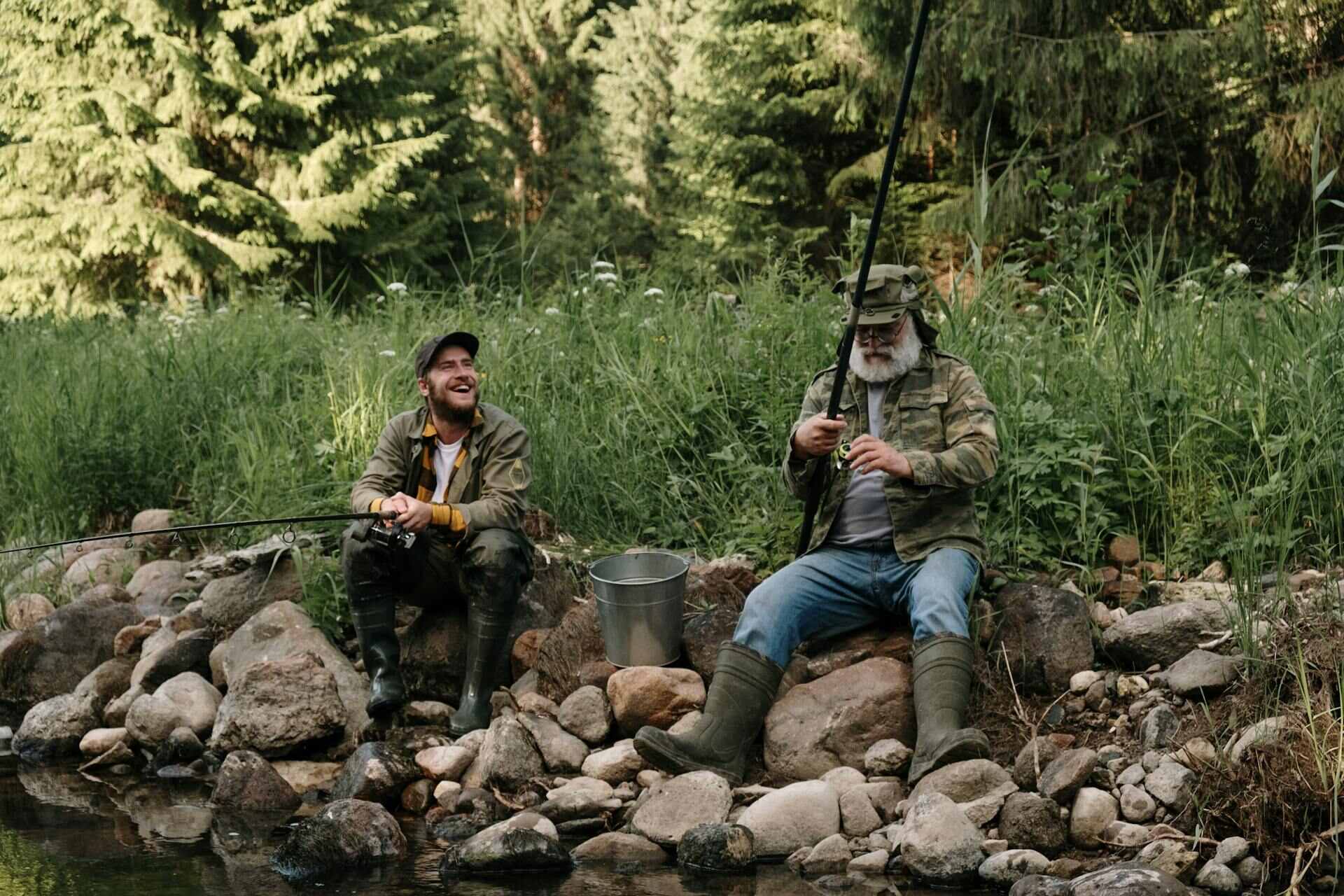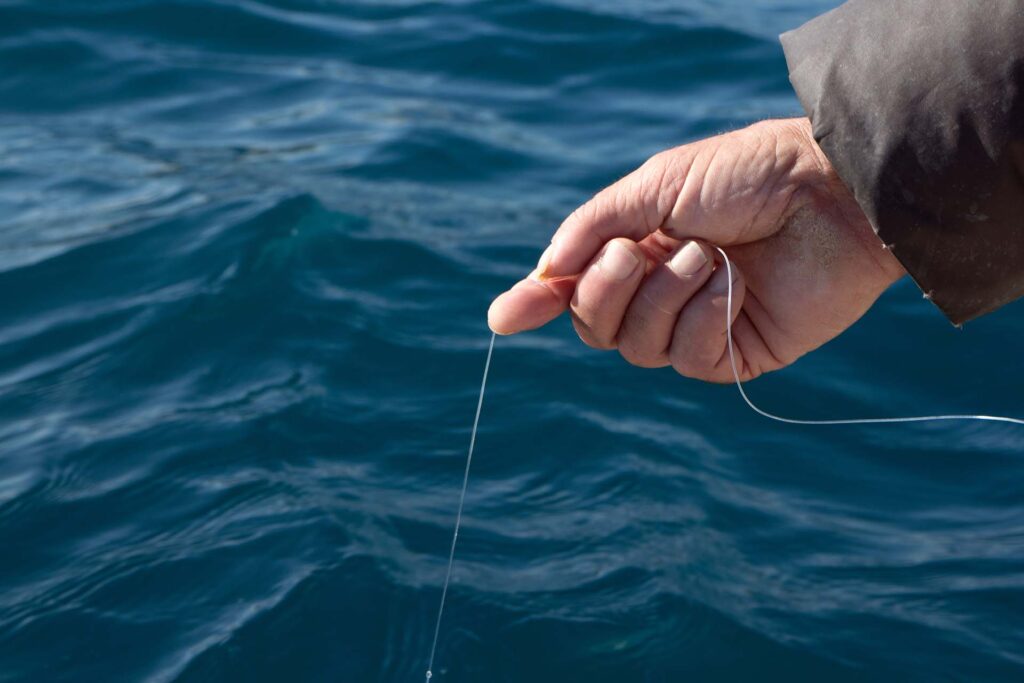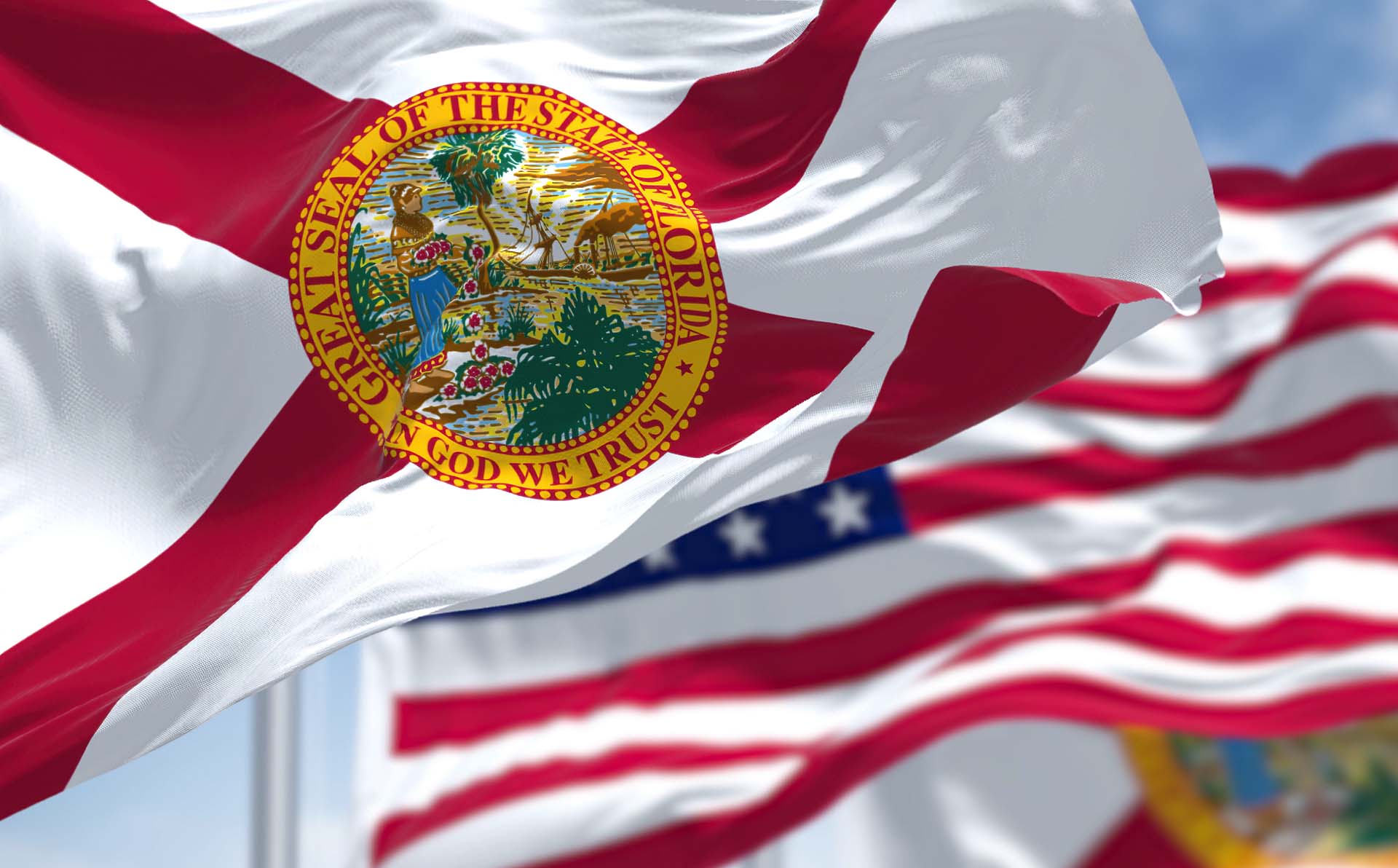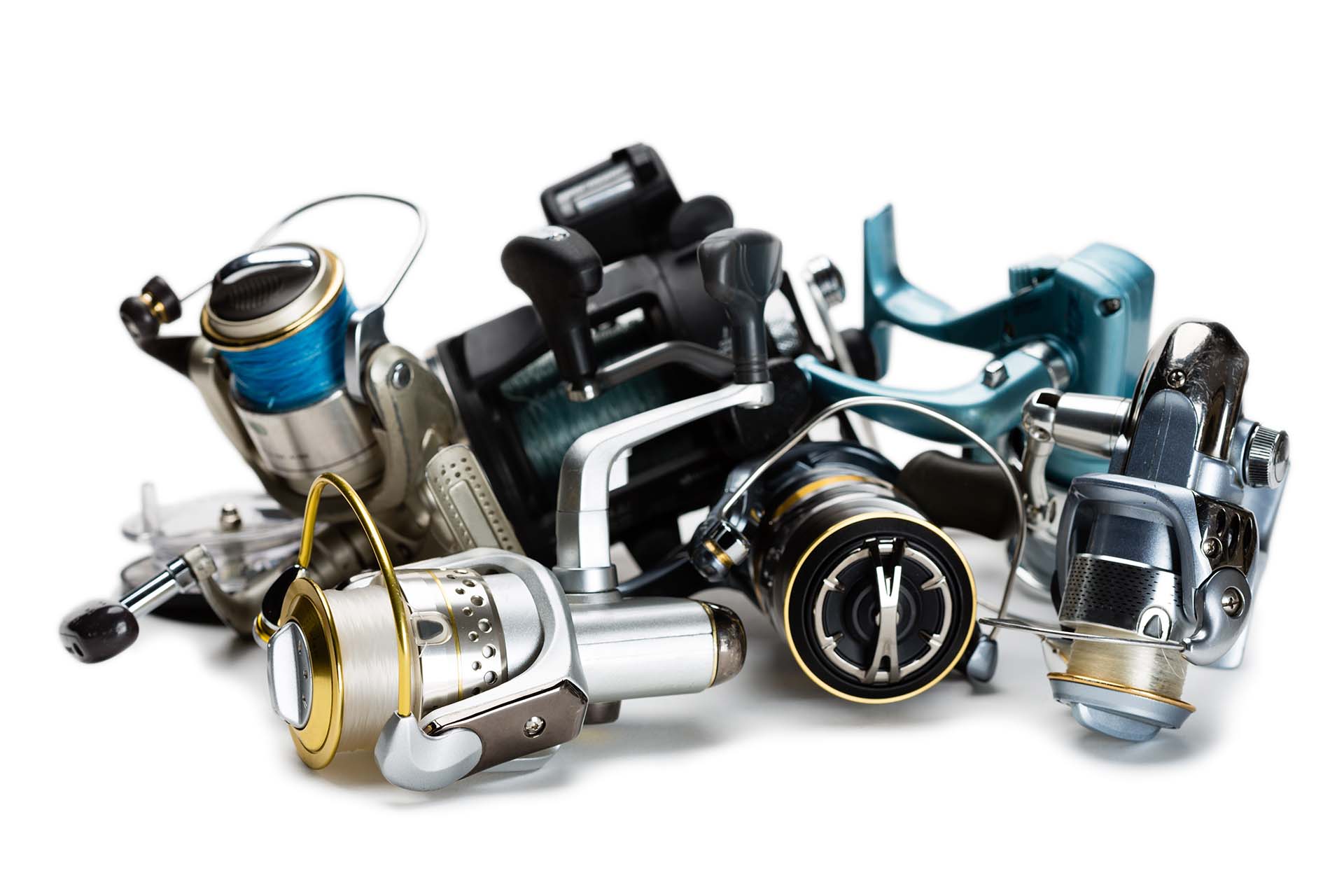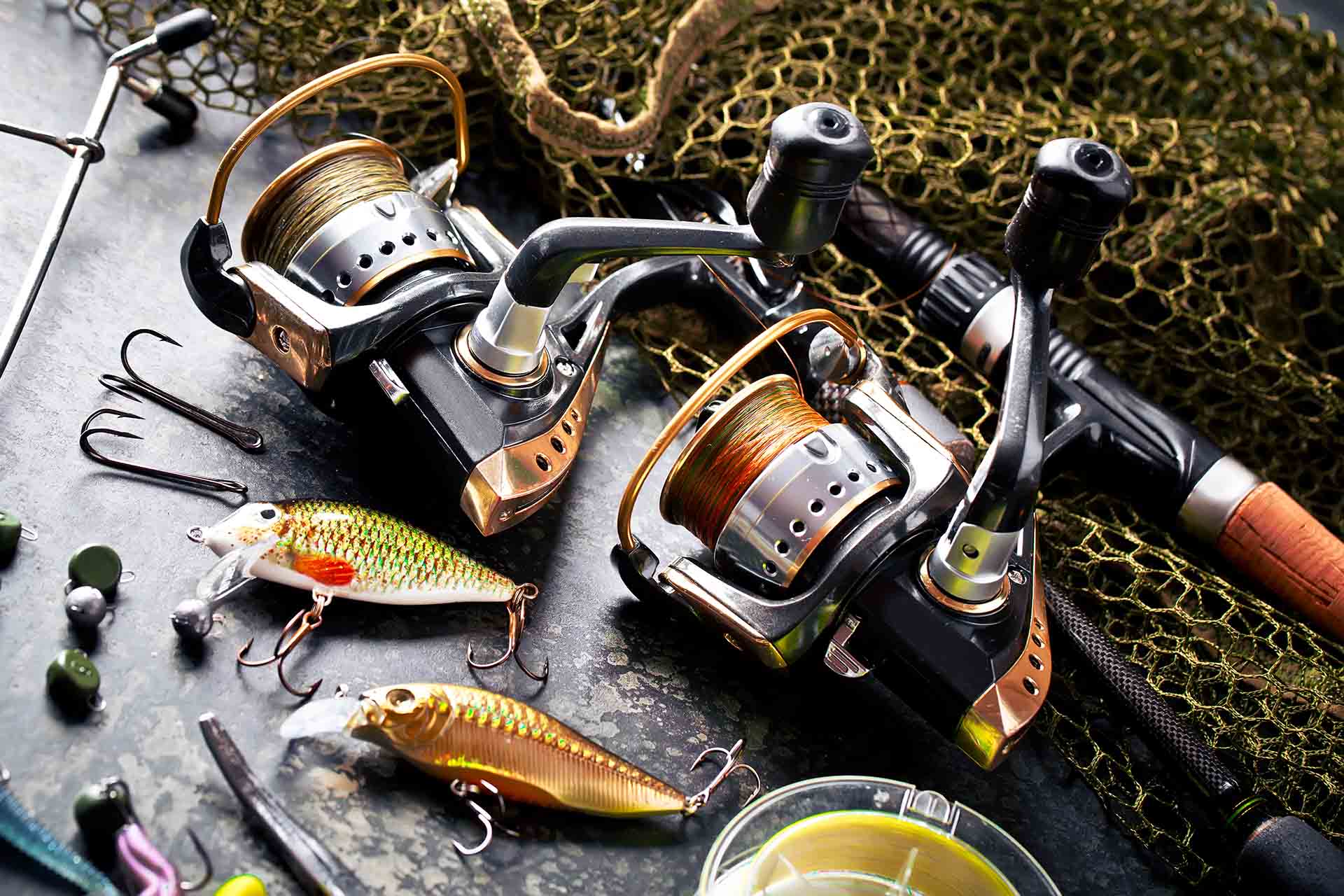Planning your next fishing trip around the pursuit of trout? Well, there’s one crucial question you’ve got to know the answer to – what season is best for trout fishing? Seasonal variations affect this species’ behavior, habitat, and feeding patterns, making it essential to adapt strategies to current conditions. If you’re a beginner, here’s everything you need to know to elevate your fishing game to new levels.
While this popular catch can technically be fished year-round, the best time to cast your line is generally in late spring or early summer. However, the exact timeframe depends on the exact trout species you’re after, as well as their natural habitat.
Trout Behavior Changes Drastically Through the Year
The behavior of this fascinating species is heavily influenced by seasonal changes, and understanding these shifts is crucial for any angler aiming for success. Throughout the year, water temperature, food availability, and habitat preferences fluctuate, impacting where trout are located and how they respond to bait and lures.
Consequently, trout season is not the same during the entire year, and fishing for them demands adapting to these seasonal patterns. This includes not only understanding fish behavior in general but also using the right equipment, selecting effective lures, and choosing ideal spots for the given season.
Techniques should also be adapted to the time of year. Aligning your strategies with the seasonal conditions can help increase your chances of landing a catch. To ensure you can get the most out of your trip, regardless of when you embark on it, we’ll dive into specifics for each season. Let’s take a look at what every angler should know about seasonal changes.

Spring – Time to Enjoy the Benefits of Wonderful Weather
Spring is an exciting trout fishing season as it marks the start of increased activity after the cold, dormant winter months. The warming waters trigger a rise in fish metabolism, encouraging them to feed more frequently and aggressively. Additionally, the spring thaw often brings higher water levels, which can create excellent fishing conditions as these creatures move closer to shorelines and shallow areas to find food.
The abundance of insects and other aquatic prey during this time makes spring ideal for anglers looking to catch trout in rivers, streams, and lakes. It’s also a season of opportunity for those targeting various types, as their active behavior and increased visibility make them easier to locate. With the right approach, spring offers the chance to enjoy beautiful scenery and an abundance of catches.
What Are the Best Spring Baits and Lures for Trout?
Choosing the right bait and lures is essential for your success. Live bait like worms and minnows are highly effective as they mimic the natural prey these fish seek during the warmer months of the year. In addition, small spinners, spoons, and jigs are excellent artificial options, as their movement imitates aquatic insects and small fish.
Fly anglers can find success with patterns that resemble emerging insects like mayflies and caddisflies. Bright-colored lures and baits are particularly useful in murky spring waters caused by the thaw. Remember, the best bait is the one that matches the trout’s seasonal diet. This is one of the key tips to maximizing your catch.
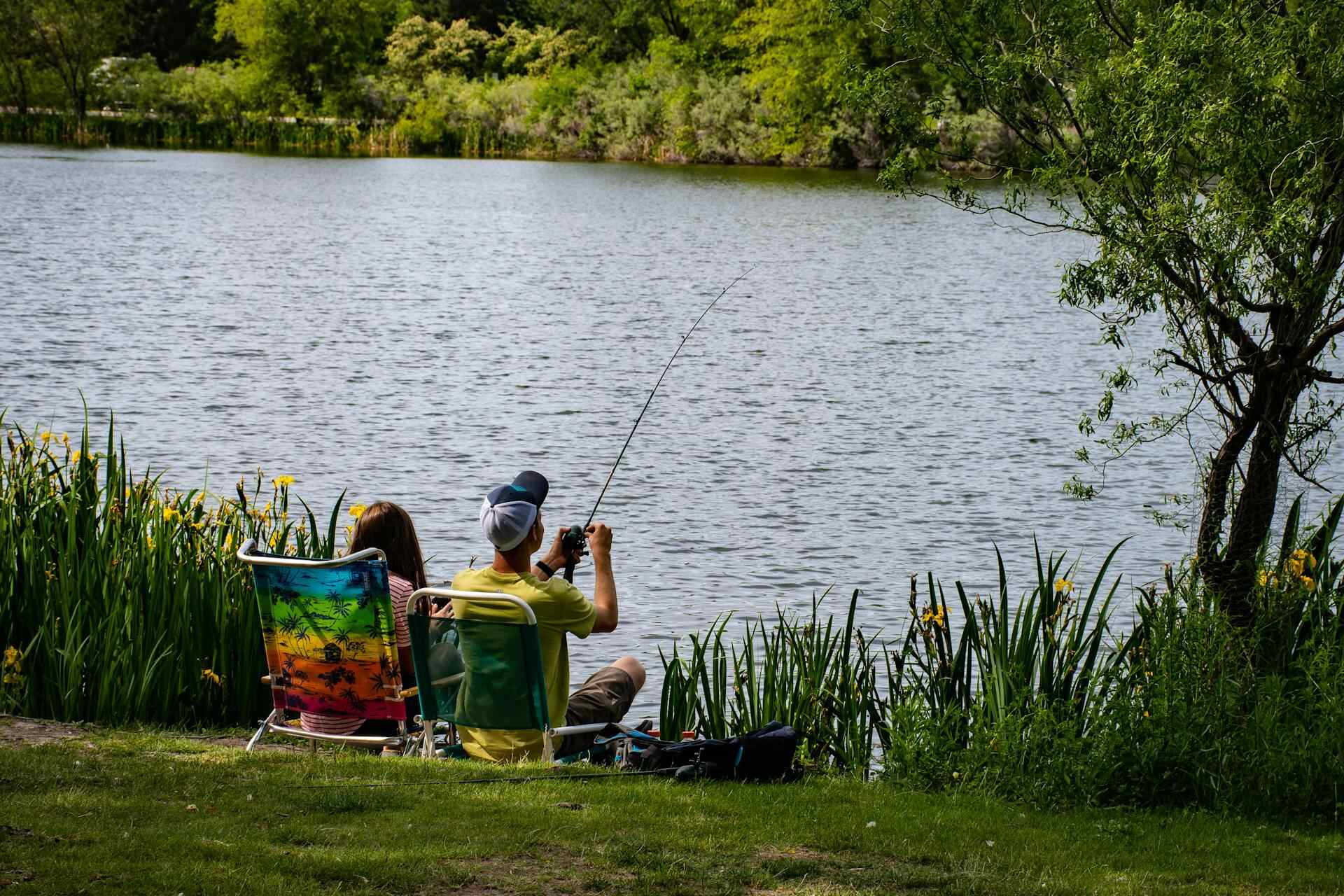
Summer Comes With Both Challenges and Opportunities
Summer fishing can be challenging, but it’s also quite rewarding, regardless of which fish you wish to catch. When it comes to trout, the warm temperatures significantly impact their behavior. We must remember that they are cold-water fish, which means they become less active as water temperatures rise. They often retreat to deeper, cooler areas where oxygen levels are higher, making them harder to locate.
However, summer also offers opportunities for anglers – but those willing to adapt to these conditions. Early mornings and late evenings, when temperatures are cooler, are prime times to fish. Despite the challenges, this season provides the advantage of longer daylight hours, allowing for more flexibility in planning trips. Plus, seasonal hatches of insects such as mayflies and stoneflies create feeding frenzies.
How Do Anglers Deal With Warm Waters – Adapting Your Technique
As we’ve already mentioned, it’s best to fish during the cooler parts of the day – but that’s not all. During these parts of the day, you will be able to find them in shallow areas, so that’s where you should focus your efforts. On the other hand, if you’re fishing during midday, switch to deeper waters using weighted rigs or downriggers to reach cooler depths where the fish will be.
Using smaller, slower-moving lures or flies can also yield better results, as this species tends to conserve energy in warm conditions. Additionally, going for streams or rivers with faster currents and oxygen-rich waters will improve your chances.
Top Summer Locations – Where to Look for Trout?
In summer, prioritize casting in cold-water streams, deep lakes, or high-altitude rivers. These areas maintain cooler temperatures, making them ideal habitats. Locations like shaded riverbanks, spring-fed streams, and reservoirs with deep sections are hotspots. Exploring these areas can make summer angling both productive and also a fun adventure.
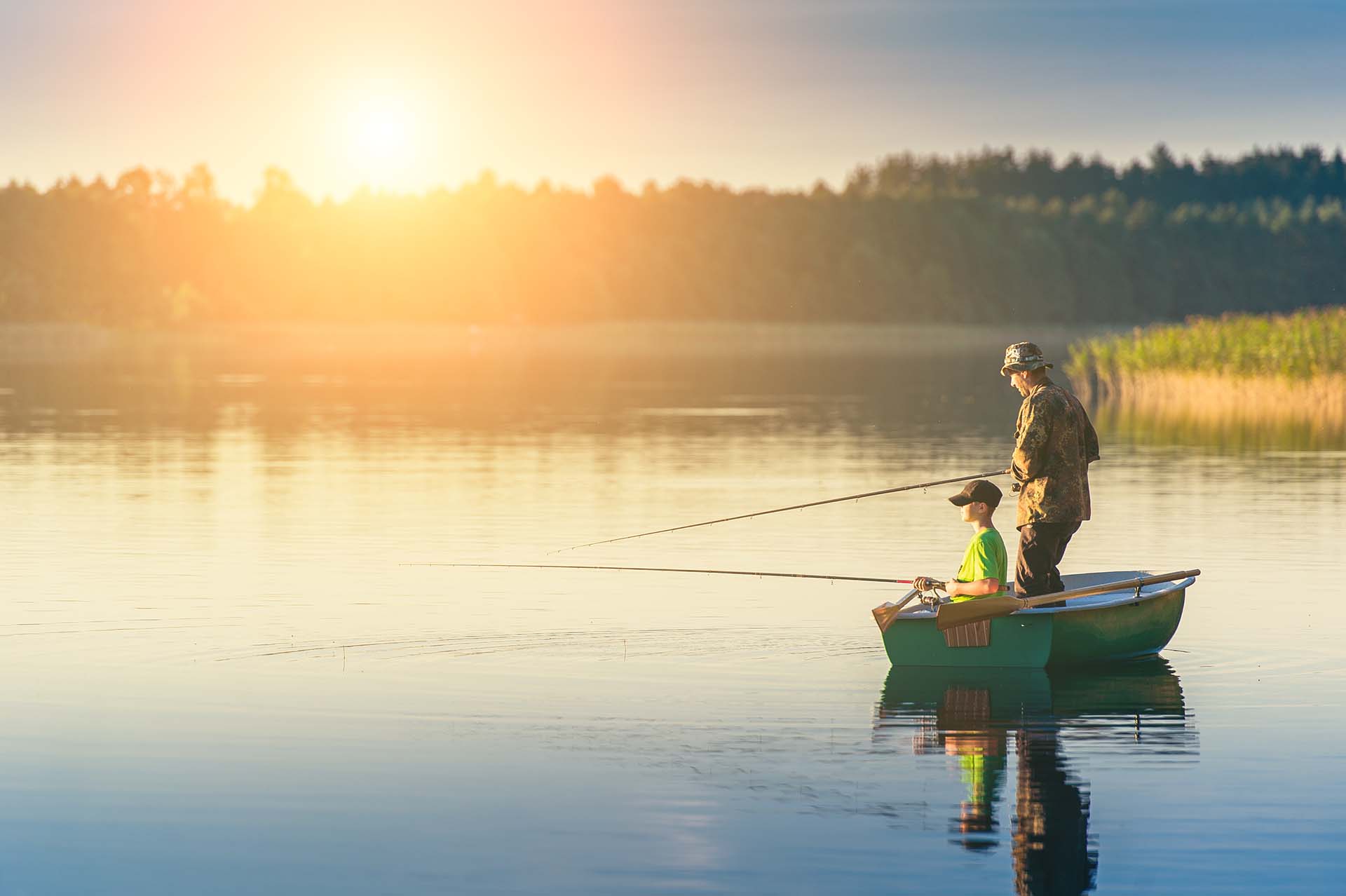
Fall Trout Fishing – This Is a Prime Time for Anglers
Besides late spring, fall fishing is widely regarded as one of the best options when it comes to catching this fascinating fish. As temperatures cool, they become more active, especially in preparation for the winter months. The combination of cooler water and increased food availability creates excellent conditions.
During this season, these fish are more likely to be found in shallower waters, making them easier to target. The abundance of natural food, including aquatic insects, smaller fish, and fallen leaves, prompts them to feed aggressively, and we all know that’s good news for anglers.
Why Is Fall Ideal for Trophy Trout?
Fall is considered the prime time for landing trophy-sized trout due to several factors. As these fish feed heavily in preparation for the winter, they are often in peak condition, growing larger and stronger. The cooler water temperatures make them more active and more likely to take the bait. Additionally, many species spawn in the fall, prompting larger fish to move into shallow areas where they are easier to catch. If there’s a time for an amazing catch, it’s fall.
Techniques for a Successful Fall Catch
Focus on using techniques that mimic the natural food sources available during this time – it’s a logical tactic. Small spinners, spoons, and jigs work well for attracting this target, as do live baits like worms and minnows.
For fly anglers, consider using patterns that imitate the insects hatching in the fall, such as mayflies, caddisflies, and midges. Target deeper pools and areas near riverbanks where these fish gather to feed. Fall’s cooler temperatures also make it easier to cast for longer periods during the day, increasing your chances of success.
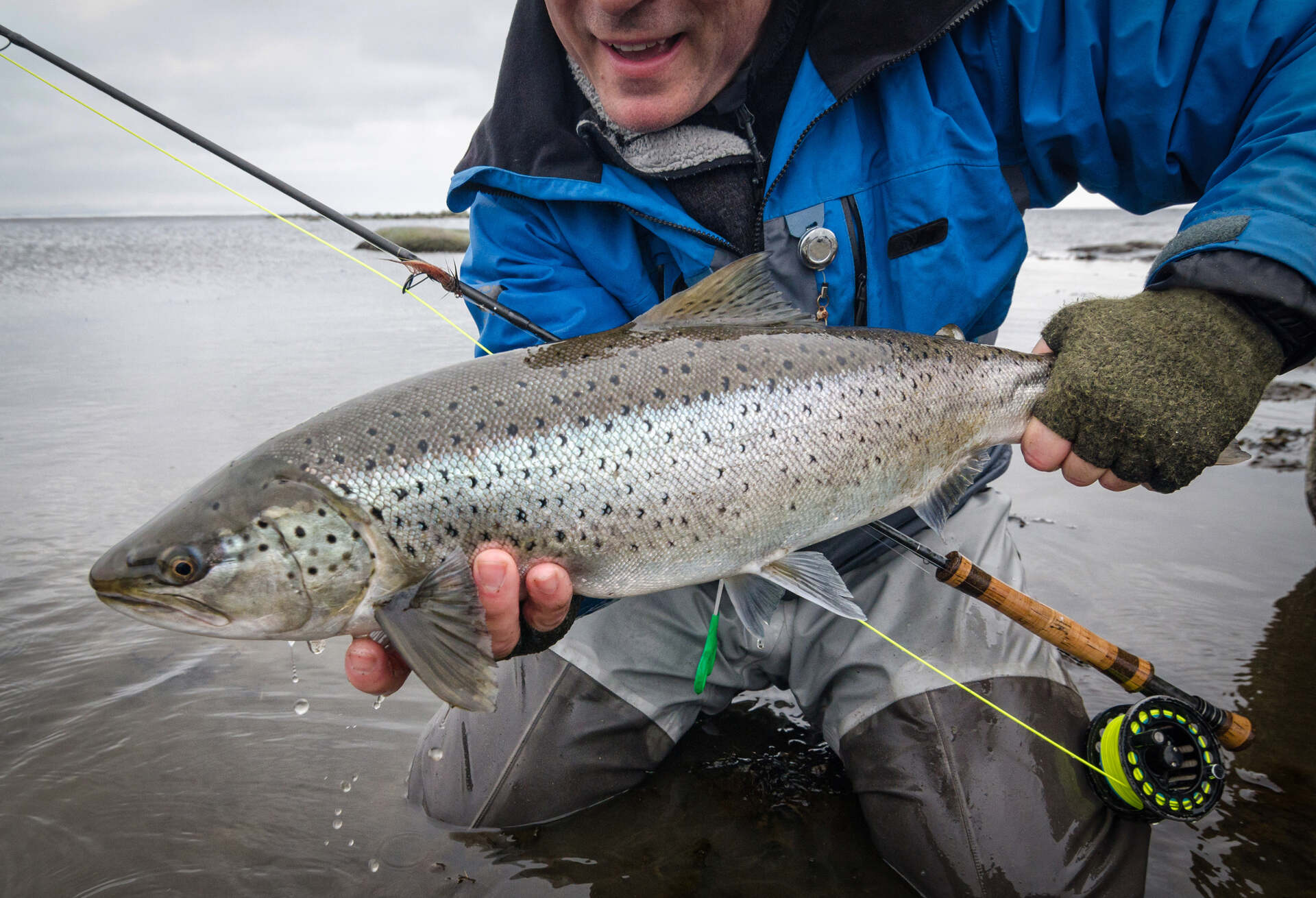
Winter Fishing Is a Unique Experience
Winter fishing for trout can be described as a unique challenge. However, it can certainly be incredibly rewarding for those willing to brave the cold – imagine how proud of yourself you’d be if you caught one of these fish in such extreme weather. During this time, trout’s metabolism slows due to the cold water, making them less active and more selective about feeding.
What does this mean for you? The anglers must adjust their approach, of course – patience is the key. This is an opportunity to experience angling in serene, snow-covered environments. The peace and quiet of this season, with fewer anglers around, offers a peaceful escape from everyday life and allows you to fully relax in nature.
This Is the Perfect Opportunity for Ice Fishing
Ice fishing is undoubtedly an exciting way to catch this fish. Doing it successfully requires preparation and the right techniques. The first and most important thing is, of course, to pay attention to ice thickness to ensure safety while casting.
Start by drilling holes in areas where these fish are likely to be found, such as deeper parts of lakes or near underwater structures. Use smaller baits like worms or minnows, and consider jigging to attract the target. A light, slow movement works best in cold water, as they are more lethargic in winter.
What Are Gear Essentials for Winter?
Winter trout fishing requires specialized fishing gear to ensure both comfort and safety in cold conditions. Since winter fishing often involves ice, the right equipment for anglers is essential to maximize success and keep you warm while you’re out there. Here are the key gear essentials for a productive and safe experience in the cold:
- Ice-fishing rod and reel,
- Auger and ice scoop,
- Warm, layered clothing,
- Waterproof boots,
- Insulated gloves,
- Fish finder,
- Portable shelter.
Remember, safety is the most important thing. Yes, even more important than landing your catch. After all, you won’t be able to savor the moment of landing a trophy trout if you’ve got to be on your way to the hospital.
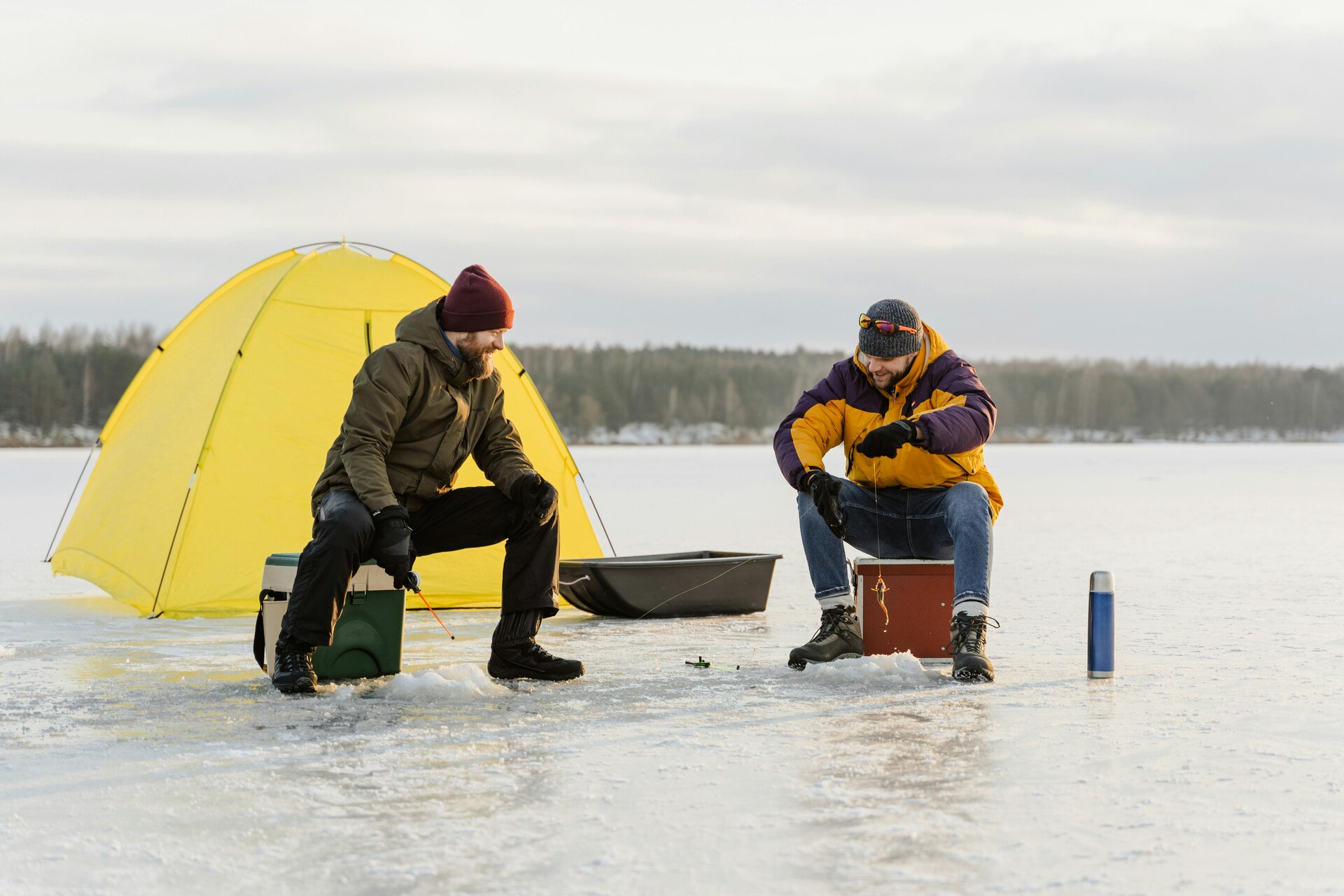
Time to Decide – What Season Is Best for Trout Fishing?
Choosing the best time to go fishing for this species depends on many factors we’ve already covered, but there’s one factor that’s commonly overlooked, and that’s your preference. You can go on a trip looking for trout any time of year, but the right time depends on what kind of experience you want – and how much work you want to put into that catch. Don’t overlook your preferences or the weather conditions, and you’re in for quite an adventure out there on the water.

